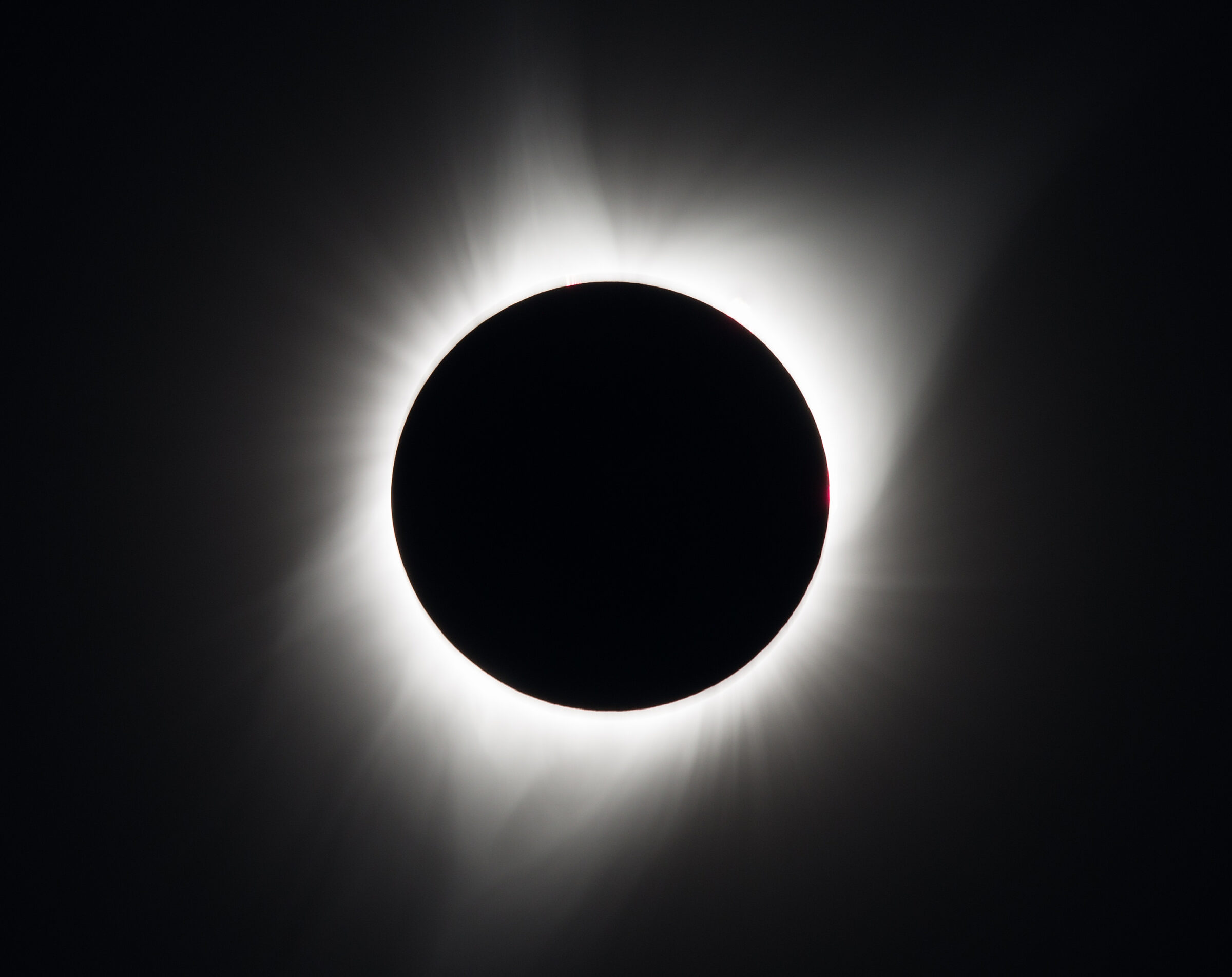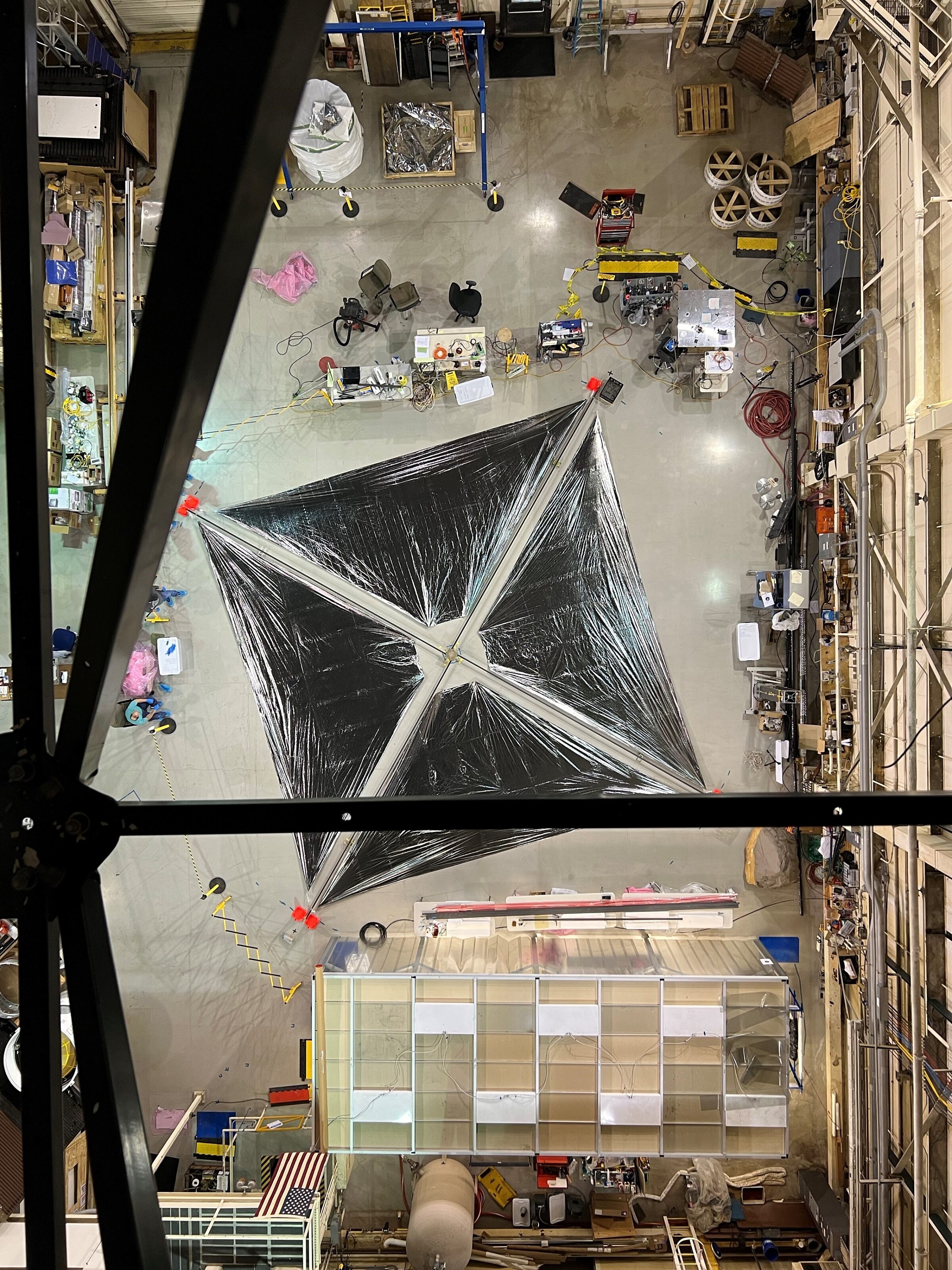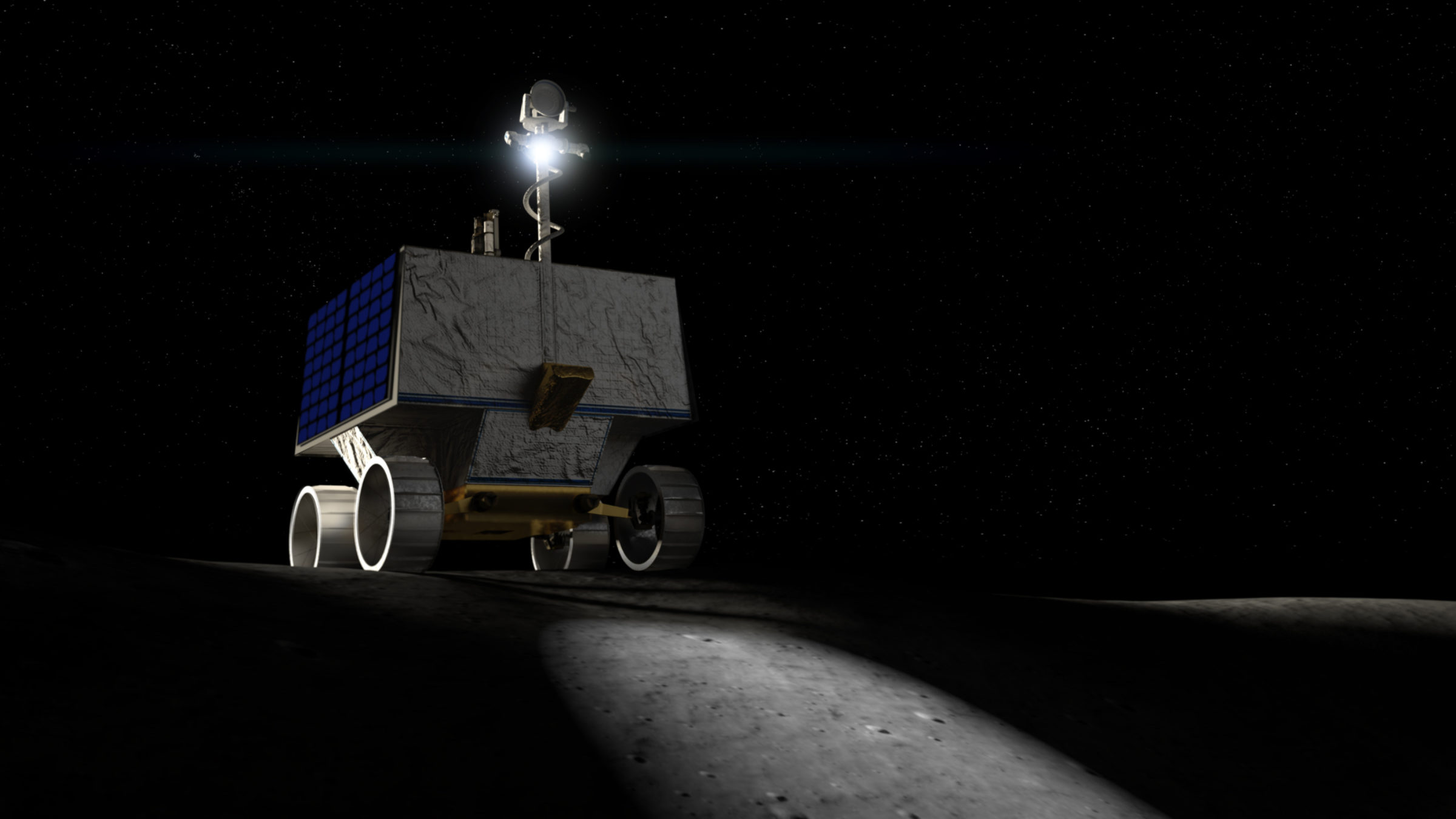Jason Davis • Feb 02, 2024
What to look forward to in space in 2024
Get ready for an exciting year of space happenings. From a total solar eclipse to the launch of a mission to Jupiter’s moon Europa, there are plenty of cosmic events to look forward to. Here’s a tour of what to expect.
Skywatching
By far the most exciting astronomical event of the year is a total solar eclipse. On April 8, 2024, the Moon will cross in front of the Sun, casting a shadow on Earth that will move across Mexico, the United States, and Canada. Anyone in the shadow’s path, known as the path of totality, will be treated to a darkened sky and a rare glimpse of the Sun’s corona. Our eclipse resources will help you get ready for the big event, and you can even book a ticket to see it with us in person!

While there are many annual meteor showers, the Perseids promise to be especially good this year. The shower peaks on the night between Aug. 11 and 12. Depending on where you live, the Moon will set between sunset and midnight, creating a dark sky ideal for meteor watching.
Just two days after the Perseids, Jupiter and Mars will be very close to each other in the sky as seen from Earth on Aug. 14. This event, called a conjunction, is exciting to see, especially through binoculars or a telescope.
There will be a partial lunar eclipse on the night between Sept. 17 and 18, where Earth’s shadow darkens a portion of the Moon. An annular solar eclipse, where the Moon crosses entirely within the Sun’s disk to form a “ring of fire” effect, will be visible from South America on Oct. 2.
Planetary missions
The biggest new space mission of the year will be Europa Clipper, which is scheduled to launch in October 2024. The mission will assess whether Jupiter’s moon Europa could support life in the ocean that lies beneath its icy surface.

The Hera mission is also slated to launch in October 2024. The spacecraft will visit asteroid Didymos and its small moon Dimorphos, which the DART spacecraft intentionally impacted in 2022. Hera will investigate DART’s aftermath, helping us understand whether ramming a spacecraft into an asteroid is an effective way to deflect an asteroid on course to hit the Earth.
Also scheduled for launch this year is ESCAPADE, a pair of small spacecraft that will study how Mars’ atmosphere escapes into space. This mission is scheduled to launch in August aboard the first flight of Blue Origin’s New Glenn rocket. If New Glenn isn’t ready in time, ESCAPADE could be delayed until the next Mars launch window in 2026.
Two Venus missions could launch as soon as December. Venus Life Finder, a mission by RocketLab and MIT, will send a probe into Venus’ atmosphere to scan for organic molecules. India’s Shukrayaan orbiter will study multiple aspects of Venus, including the planet’s subsurface.
The Lucy spacecraft, which launched in 2021, will fly past Earth for a gravity assist in December. This will put it on course for the main asteroid belt, where it will fly past an asteroid in April 2025 before reaching Juipter’s Trojan asteroids in 2027.
Bepicolombo, which launched in 2018, will fly past Mercury two times in 2024, on Sept. 5 and Dec. 2. This will put it on course for a final Mercury flyby and arrival in 2025.
Earth orbit
In addition to New Glenn, Europe’s Ariane 6 rocket is expected to debut this year. SpaceX’s massive Starship launch system is also preparing for another test flight. The vehicle is a key part of NASA’s crewed Moon landing plans under the Artemis program.
Boeing’s Starliner crew vehicle is scheduled to debut in April, when it will fly two NASA astronauts to the International Space Station. The vehicle will join SpaceX’s Dragon and the Russian Soyuz as a third option for flying humans to the ISS. On the cargo side of space station business, Sierra Nevada’s Dream Chaser, which looks like a miniature Space Shuttle, is also preparing for its first uncrewed test flight as soon as April.
NASA’s Advanced Composite Solar Sail System, or ACS3, is scheduled to launch into Earth orbit during the first half of 2024 aboard a Rocket Lab Electron launch vehicle. ACS3 will test out materials that could enable the development of much larger solar sails. The spacecraft has a sail area roughly 2.5 times bigger than The Planetary Society’s LightSail spacecraft.

The Moon
The Moon is this year’s trendiest Solar System destination, with up to seven possible missions headed there. Many of these missions are part of NASA’s Commercial Lunar Payload Services program, which uses commercial companies to transport science experiments and technology demonstrations to the lunar surface.
Intuitive Machines is planning up to three CLPS missions this year, with the first, IM-1, scheduled for mid-February. IM-2 will carry a drill to the lunar south pole, and share a ride with NASA’s Lunar Trailblazer, which will map lunar water from orbit.
Astrobotic’s Griffin lander is scheduled to deliver NASA’s VIPER rover to the south pole sometime this year, where it will search for water ice.

Firefly’s Blue Ghost is scheduled to carry 10 NASA-sponsored payloads to the lunar surface this year. One is Lunar PlanetVac, the first in-space demonstration of a sample collection technology sponsored by Planetary Society members and supporters.
China’s Chang’e-6 mission is scheduled to launch in the first half of the year, possibly in May. It will return a sample from the far side of the Moon.
Lastly, the Japanese company ispace plans to launch the second of its HAKUTO-R missions in this year’s fourth quarter.
Visit our website to learn more about the plethora of current and future space missions. And don’t forget to sign up for our weekly newsletter, The Downlink, to keep track of the happenings around our Solar System and beyond.
Support our core enterprises
Your support powers our mission to explore worlds, find life, and defend Earth. You make all the difference when you make a gift. Give today!
Donate

 Explore Worlds
Explore Worlds Find Life
Find Life Defend Earth
Defend Earth

